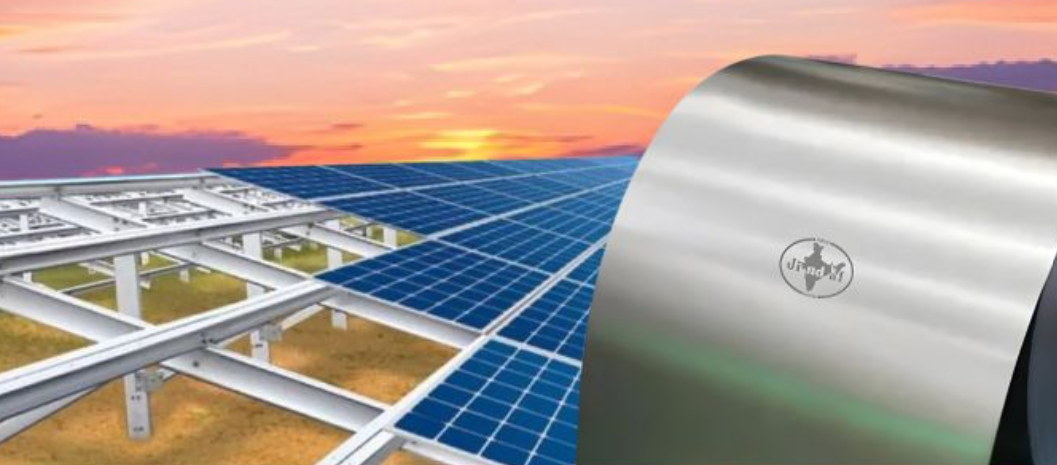From pv magazine Global
Researchers from Paderborn University in Germany have developed a model to deploy residential rooftop PV in combination with batteries for short-term storage and hydrogen for long-term storage.
“The system design has modeled on a residential building but it can also be used for other buildings if the load curves for electricity and heating are known,” researcher Stefan Krauter told pv magazine.”It can provide autonomy for electricity over the whole year.”
The decentralized energy system is designed to cover a household’s main power demand via photovoltaics, even during winter, by including sufficient storage capacity.
“The aim is to minimize the grid load by achieving low or even zero grid interaction, which is realized by the use of decentralized long-term energy storage,” the scientists explained.
The system utilizes a 6.8kW PV array and a 5kW electrolyzer powered by surplus solar power to produce hydrogen, which is then stored in a hydrogen tank via a compressor. In periods of high energy demand, when PV generation is not sufficient, the green fuel is used to produce electricity via a 1.24kW fuel cell system. Lithium-ion batteries are part of the proposed system configuration in order to react to too rapid load changes, which the hydrogen system would not be able to handle.
The heat waste generated by the fuel cell and the electrolyzer is transferred via heat exchangers to a hot water tank, which supplies hot water to the household. The remaining demand is covered by a heat pump.
The academics tried to identify the kind and size of components required under different scenarios. They also aimed to assess the conditions under which a system could compete with conventional power systems in terms of price and costs. The model was simulated in Simulink (MATLAB) to analyze when and how the PV system is fully able to cover the energy needs of a household.
The scientists also used HOMER software, which was developed by the US National Renewable Energy Laboratory (NREL), in order to verify the results. Measurements were taken with a time resolution of 15 minutes and a total time frame of one year.
The German group estimated that the electrolyzer used 4283.55kWh of surplus solar power to produce 80.50 kg of hydrogen in one year, while the fuel cell was able to return 1009.86kWh energy by burning 73.52 kg of hydrogen.
“The compression of hydrogen required a yearly energy demand of 268.14kWh, while the heating demand was 1208.66kWh,” the scientists explained. “The heating demand was reduced by 643.69kWh by using the waste heat produced within the electrolyzer and the fuel cell.”
They said their simulation via Simulink showed that household heating demand expands the required amount of decentralized stored hydrogen when aiming for energy-independent operations.
“Future research has to focus on optimizing the control system and on analyzing which component dimensioning under which scenarios is preferable in terms of energy and resource efficiency and in terms of lifetime increase,” they said.
The scientists described the system design in “Hybrid Energy System Model in Matlab/Simulink Based on Solar Energy, Lithium-Ion Battery and Hydrogen,” which was recently published in Energies.
This content is protected by copyright and may not be reused. If you want to cooperate with us and would like to reuse some of our content, please contact: editors@pv-magazine.com.








By submitting this form you agree to pv magazine using your data for the purposes of publishing your comment.
Your personal data will only be disclosed or otherwise transmitted to third parties for the purposes of spam filtering or if this is necessary for technical maintenance of the website. Any other transfer to third parties will not take place unless this is justified on the basis of applicable data protection regulations or if pv magazine is legally obliged to do so.
You may revoke this consent at any time with effect for the future, in which case your personal data will be deleted immediately. Otherwise, your data will be deleted if pv magazine has processed your request or the purpose of data storage is fulfilled.
Further information on data privacy can be found in our Data Protection Policy.